Maui’s crystal-clear waters and vibrant marine life make it a premier destination for snorkeling enthusiasts. As visitors, it’s our responsibility to engage in eco-friendly practices to preserve these underwater ecosystems for future generations. This guide provides insights into sustainable snorkeling in Maui, ensuring your adventures are both enjoyable and environmentally conscious.
Why Eco-Friendly Snorkeling Matters
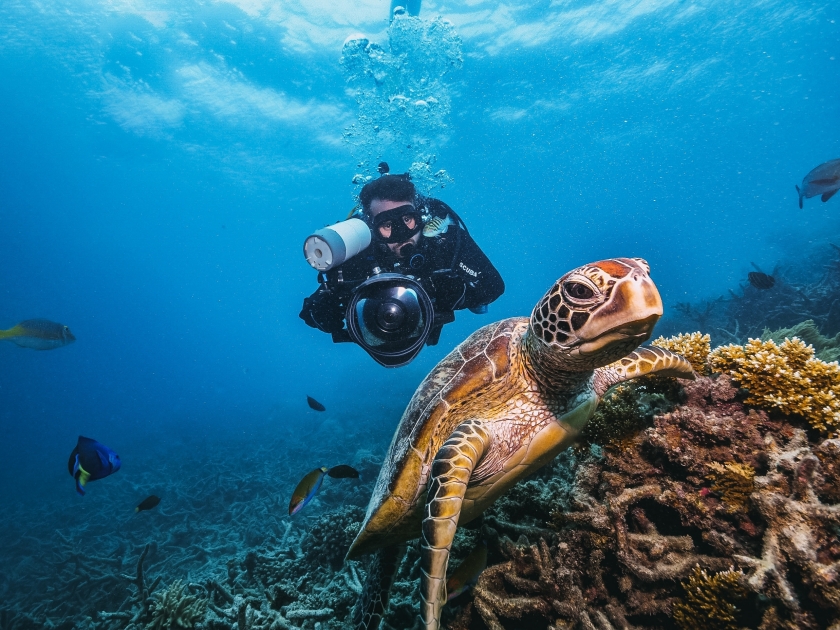
Human activities, including tourism, can significantly impact coral reefs and marine habitats. Practicing responsible snorkeling helps minimize damage, supporting conservation efforts and maintaining biodiversity. By adopting eco-friendly habits, snorkelers contribute to the health and longevity of Maui’s delicate marine ecosystems.
Best Practices for Sustainable Snorkeling
1. Choose Eco-Friendly Tour Operator
Opt for companies that prioritize sustainability. Look for those that provide reef-safe sunscreen, use electric or low-emission boats, and limit group sizes to reduce environmental impact.
2. Practice Responsible Snorkeling Techniques
- Avoid Touching Marine Life: Disturbing coral or fish can harm delicate ecosystems.
- Stay Afloat: Use flotation devices to avoid standing on or damaging coral reefs.
- Observe from a Distance: Maintain a respectful distance from marine animals to avoid stressing them.
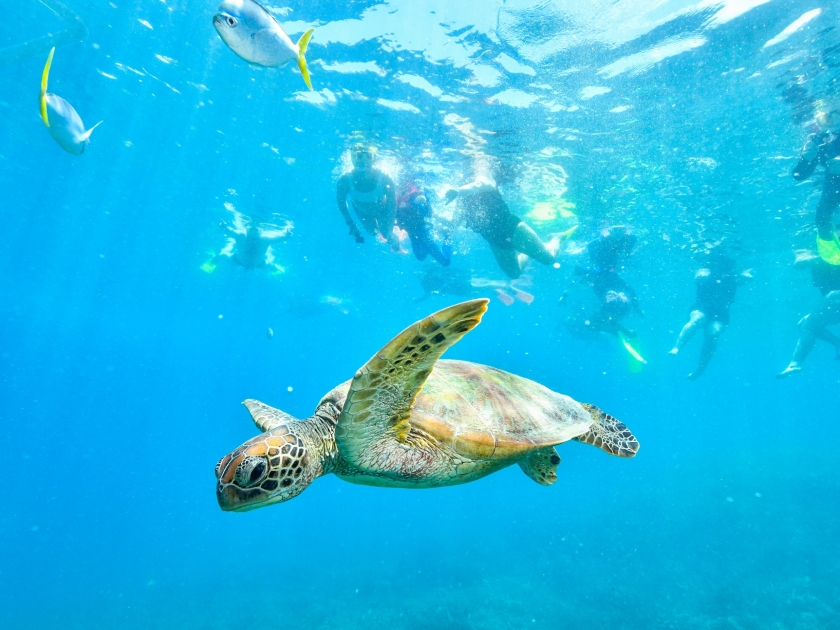
3. Use Reef-Safe Sunscreen
Many conventional sunscreens contain harmful chemicals that can damage coral reefs. Opt for reef-safe products that do not contain oxybenzone or octinoxate. Several tour operators provide these eco-friendly sunscreens on board.
4. Participate in Conservation Activities
Engage in beach clean-ups or support organizations dedicated to marine conservation. Some tour operators offer opportunities to participate in local conservation initiatives during your visit.
Top Eco-Friendly Snorkeling Spots in Maui
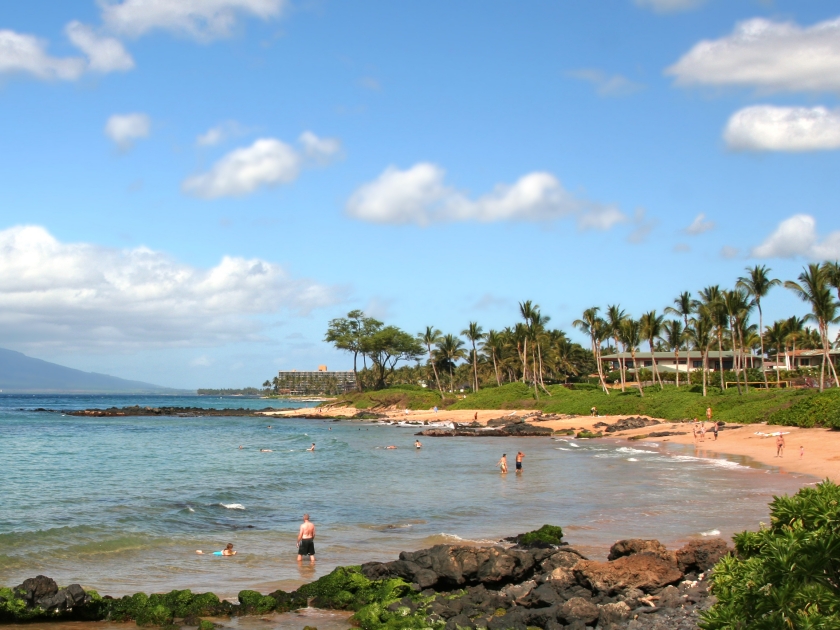
Molokini Crater
This crescent-shaped, partially submerged volcanic crater is a protected marine conservation area, renowned for its clear waters and abundant marine life. Access is only permitted through certified tour operators who adhere to conservation guidelines.
Turtle Town
Located along Maui’s southern coastline, Turtle Town is famous for its population of Hawaiian green sea turtles. Snorkelers should maintain a respectful distance to avoid disturbing these creatures.
Ahihi-Kinau Natural Area Reserve
This reserve offers rich marine biodiversity. Visitors must follow strict guidelines to protect the area’s ecological integrity.
Eco-Friendly Snorkeling Practices
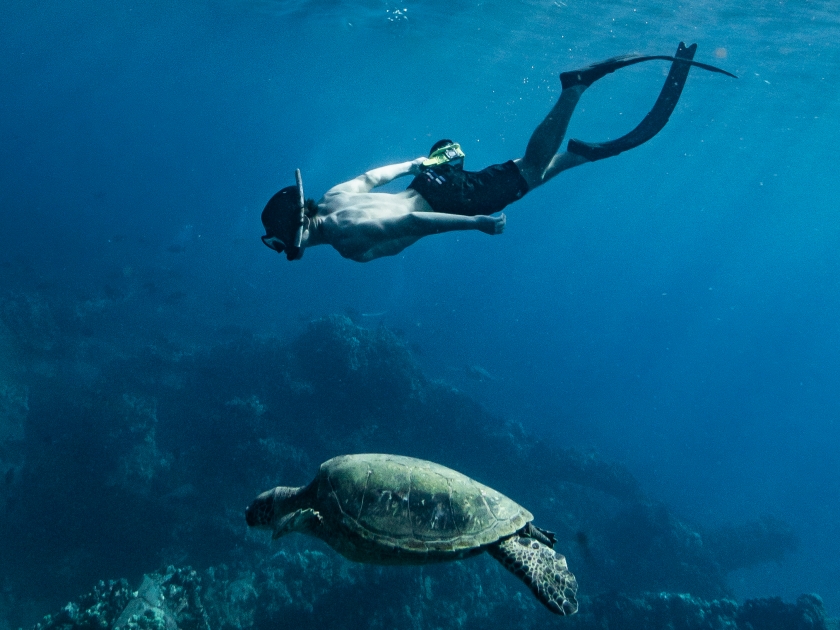
Before You Go
- Education: Familiarize yourself with local marine regulations and guidelines.
- Tour Selection: Choose eco-certified snorkeling tours that prioritize environmental conservation.
While Snorkeling
- No-Touch Policy: Avoid touching corals and marine life to prevent harm.
- Mindful Movement: Practice controlled movements to avoid stirring sediment, which can damage coral health.
Post-Snorkeling
- Waste Management: Properly dispose of any waste and avoid leaving debris behind.
- Reporting: Inform authorities of any observed damage or illegal activities.
Choosing Eco-Conscious Snorkeling Tours
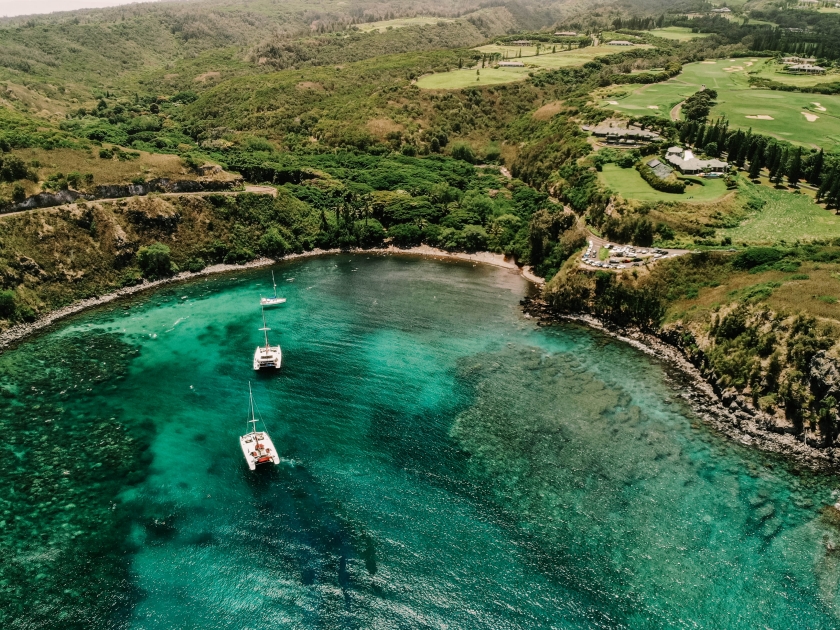
Look for tour operators that demonstrate a commitment to sustainability, such as using eco-friendly vessels and limiting group sizes.Tours provide an intimate experience while minimizing environmental impact.
Make Waves, Not Waste
Embracing eco-friendly snorkeling practices in Maui ensures the protection of its stunning marine ecosystems. By making informed choices and respecting the natural environment, snorkelers can enjoy the beauty of Maui’s underwater world while contributing to its preservation for generations to come.




